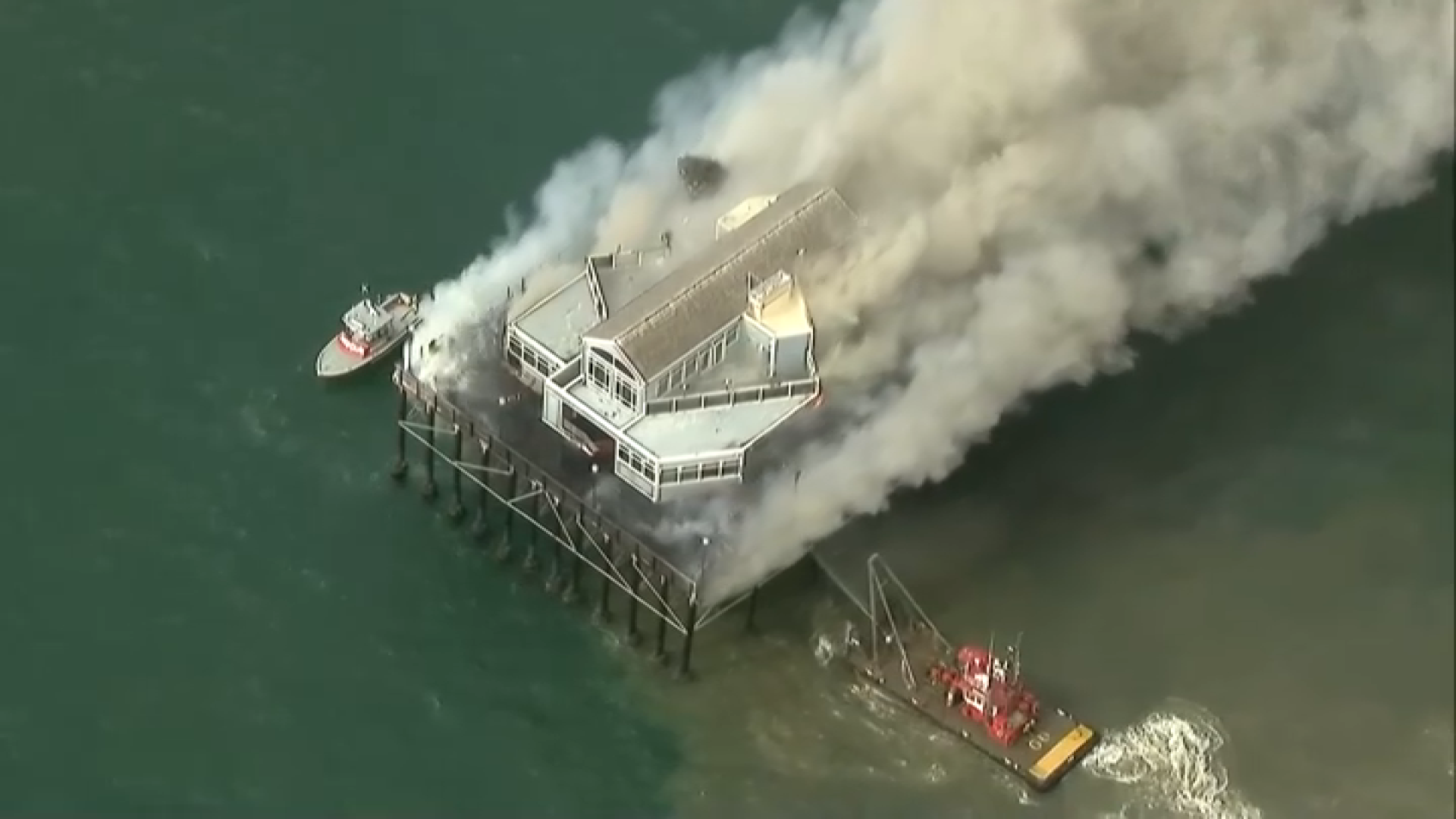In light of the 6.0 Napa Earthquake we are re-posting this story, which originally appeared on April 3, 2014.
Standing in the aisle of SOS Survival products, clutching the handle of a shopping cart filled with food and water rations and basic medical necessities, Robert Besedik acknowledged it's a mission he's been putting off in the three decades since he left Pittsburgh for Southern California.
Then came a spate of minor-to-moderate sized earthquakes nudging the Southland and reawakening awarness.
"It's time to get serious and get involved," said Besedik, assembling his earthquake preparedness kit.
He's not alone.
The number of shoppers making their way to SOS's showroom in a light industrial park near Van Nuys Airport surged after the St. Patrick's Day quake, a meager magnitude 4.4, but with a 6:25 a.m. jolt felt widely across the San Fernando Valley and LA's Westside.
Volume has picked up even more since the magnitude 5.1 La Habra quake last Friday night, according to SOS's Tom Adams.
California
News from across California
"I don't want to be unprepared, and not have food and water. It just terrifies me," said Christine Hawkins, a West Hills mom who had taken inventory of the kit she first put together nine years ago.
She found the need to add a crowbar and replace perishables past their replace-by date.
She called the quakes "wake up calls."
Quake awareness has been amplified further by the magnitude 8.2 off the coast of the South
American nation of Chile Tuesday evening, a quake larger than any ever recorded in California, but not the biggest for Chile.
The quake occurred in an area where seismologists have been expecting an even larger quake, an 8.5 or perhaps even a 9.0, according to Mark Simons, a geophysicist at the California Institute of Technology who has traveled to Chile for research and visited Iquique, the city nearest the epicenter.
As a younger city built to a strict seismic code with fewer older buildings, Iquique is in some ways less vulnerable to a significant quake than Los Angeles, said Simons.
The Chilean quake occurred at the boundary of two of the earth's massive tectonic plates in what seismologists call a "subduction zone." The offshore Nazca Plate plunges beneath the South American plate.
The world's largest quakes occur in subduction zones, including the magnitue 9.0 off the eastern coast of Honshu, Japan three years ago.
Off the North American coast, there are areas of subduction zones offshore from British Columbia, Washington, Oregon, and Northern California.
But differing orientations mean there is no subduction zone off Southern California.
Instead, the relative motion along the San Andreas fault at the boundary of the Pacific Plate and the North American Plate is horizontal, leading to what are called "strike-slip" quakes, said Caltech seismologist Kate Hutton.
In recorded history, the largest quake on the San Andreas was the 1857 Fort Tejon quake, its magnitude estimated at 7.9.
The southern segment of the San Andreas runs inland of LA through San Bernardino and Riverside counties.
The anticipated quake on that segment would be the "Big One" that seismologists have warned is inevitable some day.
But a quake on another fault could be even more devestating to the LA metro area.
It's believed that a magnitude 7.5 is the largest quake that could occur on the Puente Hills Thrust Fault.
But it lies much closer to the Southland population center than the San Andreas.
In fact, the Puente Hills Thrust fault runs beneath downtown LA and terminates in Hollywood.
Quakes on this fault occur less frequently than on the San Andreas, on the order of a millenium as opposed to a few hundred years or less.
But that's no reason for Hawkins, the West Hills mom. to put off updating her quake preparedness kit.
"We're due," she said.



